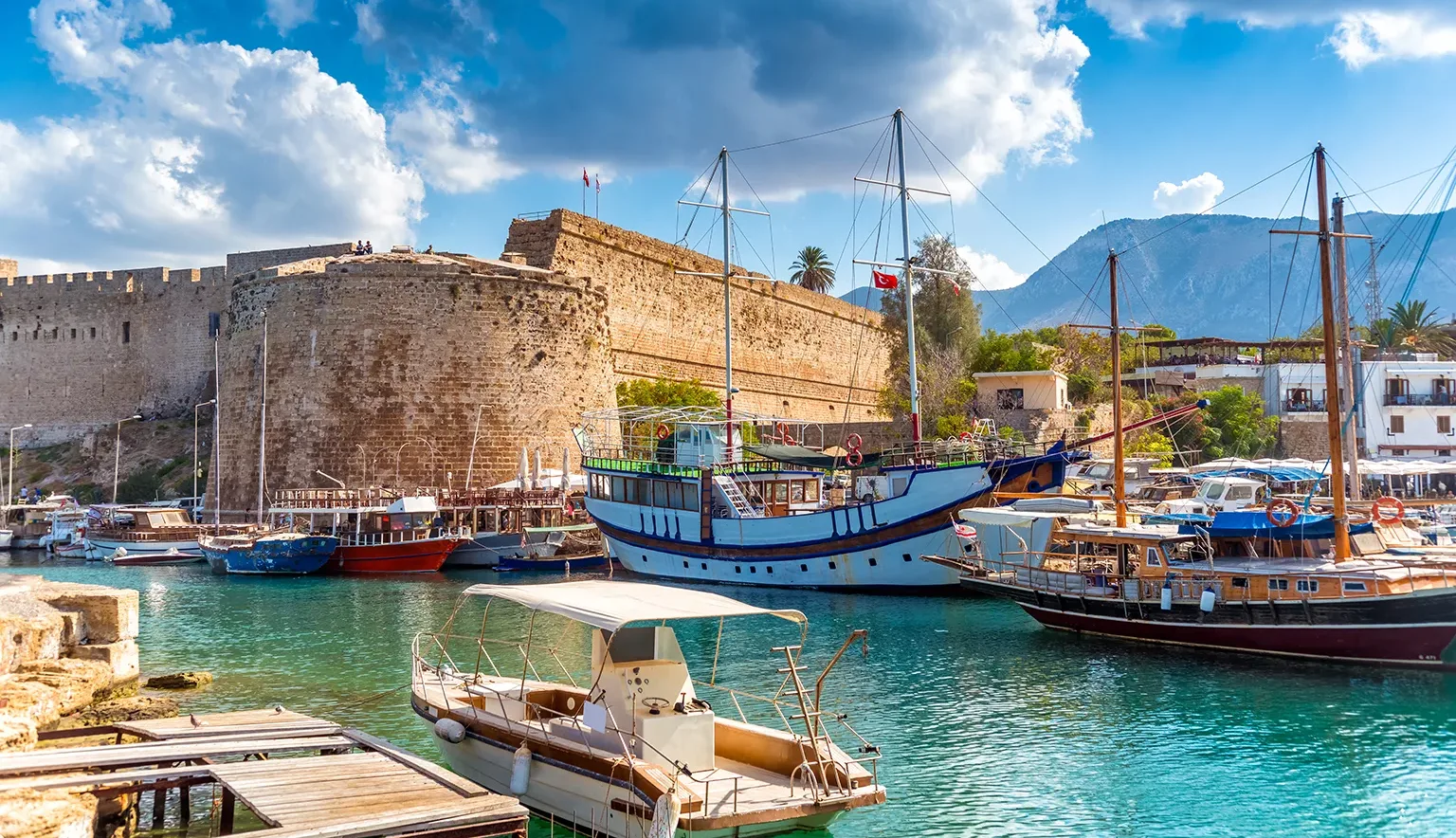Despite being a relatively small island, Cyprus boasts two sizable international airports in Larnaca and Paphos, flying frequent, direct routes between London, Athens, Amsterdam, and Brussels.
For those who wish to avoid travelling by air, several ferries per week travel from the ports of Tasucu and Mersin in Turkey to Kyrenia in the north of Cyprus and Magusa in the east of the island. The journeys take between six and eight hours, depending on which Turkish port you choose to travel from.
Once you reach the island, due to the absence of trains, the local bus network is by far the cheapest way to get around. There are five different companies that cover the districts of Larnaca, Nicosia, Paphos, and Famagusta, which are generally modern in design and punctual in service. However, buses in more rural areas such as the Troodos Mountains are less frequent.
Taxis are also a viable option for the majority of the island. Be aware that in the north, taxis marked ‘Taksi’ do not generally have meters, so it’s a good idea to agree on a fare before travelling. You may also encounter additional charges for waiting (per hour), luggage (per item), and for travelling during public holidays.
Renting your own vehicle may well be the most efficient and cost-effective way of getting around Cyprus. Available from most reputable high street rental agencies in the country, an average rate of €25 per day in winter and €50 per day in summer is to be anticipated, or less if you’re renting your vehicle for an extended period.
Generally, an international driving permit, in addition to your domestic licence, is not required on the island, although it could provide extra peace of mind to obtain one.






























